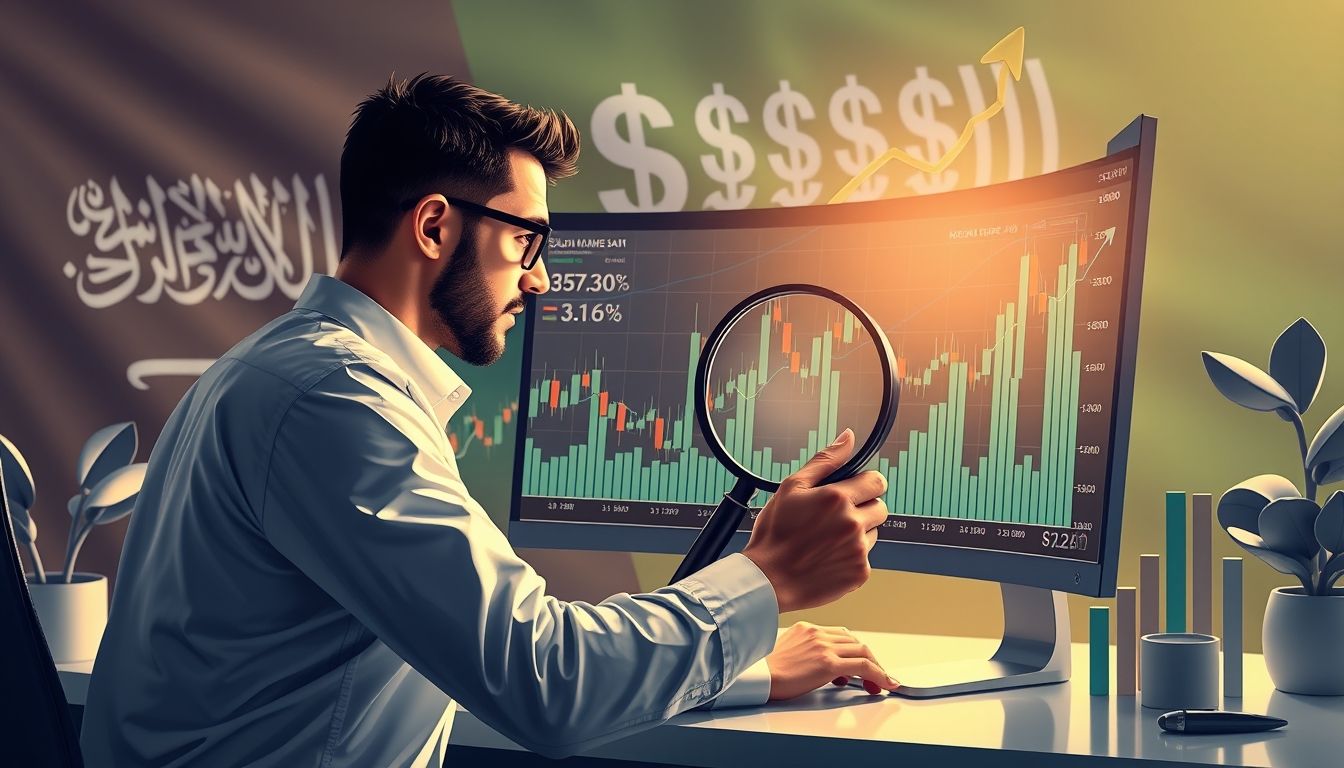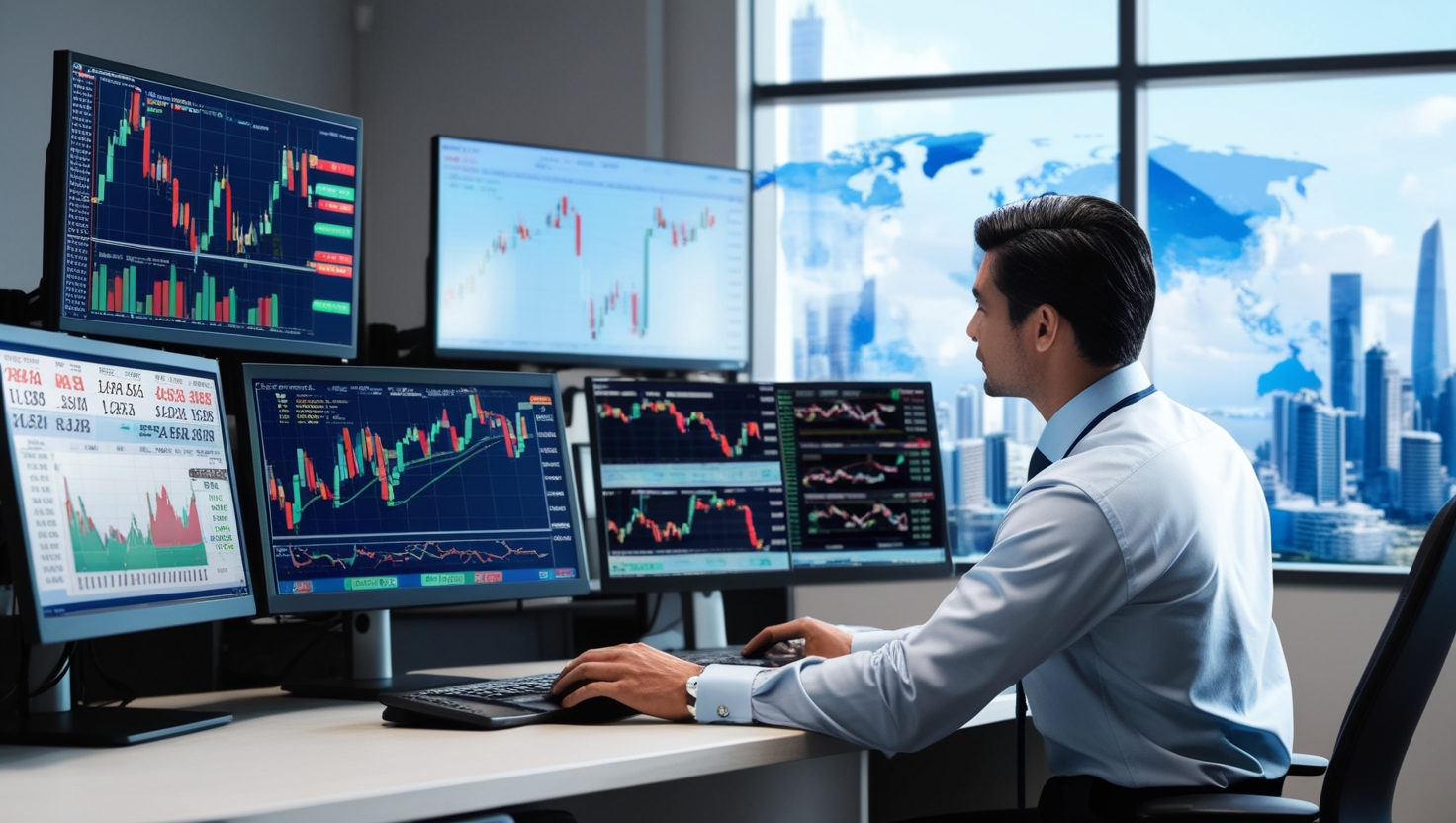Introduction to Forex Trading
Foreign exchange trading, also known as Forex, is a global decentralized market where currencies are traded. It is the largest financial market in the world, with a daily trading volume exceeding $6 trillion. Forex allows investors to buy and sell currencies with the goal of profiting from fluctuations in exchange rates.
Why is Forex Trading Attractive?
- High Liquidity: Easy to enter and exit trades.
- Open 24/5: Trading is available around the clock, five days a week.
- Leverage: The ability to trade large amounts with a small capital.
- Diverse Opportunities: The potential to profit from both rising and falling currency prices.
Chapter 1: Forex Basics
To understand Forex, you must first know the basic terms and how the market works.
Currency Pairs
Currencies are traded in pairs, where one currency is bought and another is sold at the same time. The most common pair is EUR/USD (Euro vs. US Dollar).
Example: If you believe the Euro will rise against the US Dollar, you can buy EUR/USD.
Pips
A pip is the smallest unit of measurement in the Forex market, representing the movement of the exchange rate. Most currency pairs trade with five decimal places, and the pip is the fourth decimal place.
Example: If EUR/USD moves from 1.10000 to 1.10010, it has risen by 10 pips.
Leverage
Leverage allows you to trade larger amounts than your actual capital. For example, a 1:100 leverage means you can trade $100,000 with $1,000 of capital.
Warning: Leverage increases both profits and losses.
Chapter 2: Choosing the Right Forex Broker
Choosing the right Forex broker is a crucial step for your success in trading. The broker must be licensed and regulated by a reputable regulatory authority.
Criteria for Choosing a Broker
- Licensing and Regulation: Ensure the broker is licensed by authorities such as FCA (UK), CySEC (Cyprus), or ASIC (Australia).
- Platform: Ease of use and availability of analytical tools.
- Fees and Commissions: Compare fees and commissions between different brokers.
- Customer Service: Availability of fast and efficient technical support.
- Deposit and Withdrawal Options: Availability of various and suitable deposit and withdrawal methods.
Examples of Reliable Brokers
- IC Markets: Known for high liquidity and tight spreads.
- Pepperstone: Offers advanced trading platforms.
- AvaTrade: Provides a wide range of financial instruments.
Chapter 3: Basic Trading Strategies
There are many trading strategies that beginners can use. Here are some basic strategies:
Day Trading
Opening and closing trades on the same day with the goal of profiting from small price movements.
Swing Trading
Holding trades for several days or weeks to take advantage of larger price movements.
Position Trading
Holding trades for months or years to take advantage of long-term trends in the market.
Breakout Strategy
Entering trades when the price breaks through a significant support or resistance level.
Chapter 4: Technical and Fundamental Analysis
Technical and fundamental analysis are essential tools for making informed trading decisions.
Technical Analysis
Based on studying charts and price patterns to predict future price movements. Includes the use of technical indicators such as moving averages, Relative Strength Index (RSI), and MACD.
Fundamental Analysis
Based on studying economic and political factors that affect currency prices. Includes analyzing economic data such as GDP, unemployment rates, and interest rates.
Chapter 5: Risk Management
Risk management is a critical element in Forex trading. You should always determine the amount of risk you are willing to take before entering any trade.
Risk Management Tools
- Stop-Loss Orders: Set the price level at which the trade will automatically close if the price moves against you.
- Take-Profit Orders: Set the price level at which the trade will automatically close to achieve the target profit.
- Position Size: Determine the position size based on your capital and the level of risk you are willing to take.
- Risk-Reward Ratio: Determine the appropriate risk-reward ratio for each trade (usually 1:2 or 1:3).
Chapter 6: Psychology in Trading
Emotions can significantly affect trading decisions. You must learn how to control your emotions and avoid making rash decisions.
Tips for Controlling Emotions
- Develop a Trading Plan: Stick to your trading plan and avoid deviating from it.
- Avoid Revenge Trading: Do not try to recover losses quickly by risking more money.
- Get Enough Rest: Make sure to get enough sleep and rest to avoid making bad decisions.
- Be Patient: Do not expect to make large profits quickly. Successful trading takes time and effort.
Chapter 7: Local Laws and Regulations in the Arab World
The laws and regulations related to Forex trading vary from country to country in the Arab world. It is important to be aware of local laws before starting to trade.
Egypt
Forex trading in Egypt is regulated by the Central Bank of Egypt. Brokers must obtain a license from the Central Bank to provide trading services.
Saudi Arabia
Forex trading in Saudi Arabia is regulated by the Saudi Arabian Capital Market Authority (CMA). Brokers must obtain a license from the CMA to provide trading services.
United Arab Emirates
Forex trading in the United Arab Emirates is regulated by the Central Bank of the United Arab Emirates. Brokers must obtain a license from the Central Bank to provide trading services.
Note: It is essential to check local laws and regulations in your country before starting Forex trading.
Chapter 8: Learning and Training Resources
There are many resources available to learn and develop your Forex trading skills.
Training Courses
Enroll in online training courses or at specialized training centers.
Books and Articles
Read books and articles related to Forex trading and technical and fundamental analysis.
Demo Accounts
Use demo accounts to practice trading without risking real capital.
Forums and Communities
Join online forums and communities to connect with other traders and share experiences.
Chapter 9: Tips for Beginner Traders
Here are some valuable tips for beginner traders in the Forex market:
- Start with Small Capital: Do not risk more than you can afford to lose.
- Learn the Basics of Trading: Before you start trading, make sure you understand how the market works and the basic terms.
- Use Stop-Loss Orders: To protect your capital from large losses.
- Be Patient: Do not expect to make large profits quickly. Successful trading takes time and effort.
- Keep Learning: The Forex market is constantly changing, so you must continue to learn and develop your skills.
Chapter 10: The Future of Forex Trading
Forex trading is constantly evolving with technological advancements and global economic changes. The Forex market is expected to continue to grow and expand in the future.
Future Trends
- Automated Trading: Using automated trading programs (Expert Advisors) to execute trades automatically.
- Artificial Intelligence: Using artificial intelligence to analyze data and make trading decisions.
- Cryptocurrencies: Increasing interest in trading cryptocurrencies such as Bitcoin and Ethereum.
Conclusion: Forex trading can be a profitable opportunity for investors, but it requires a good understanding of the market, risk management, and compliance with local laws. With learning and practice, you can achieve success in Forex trading.



